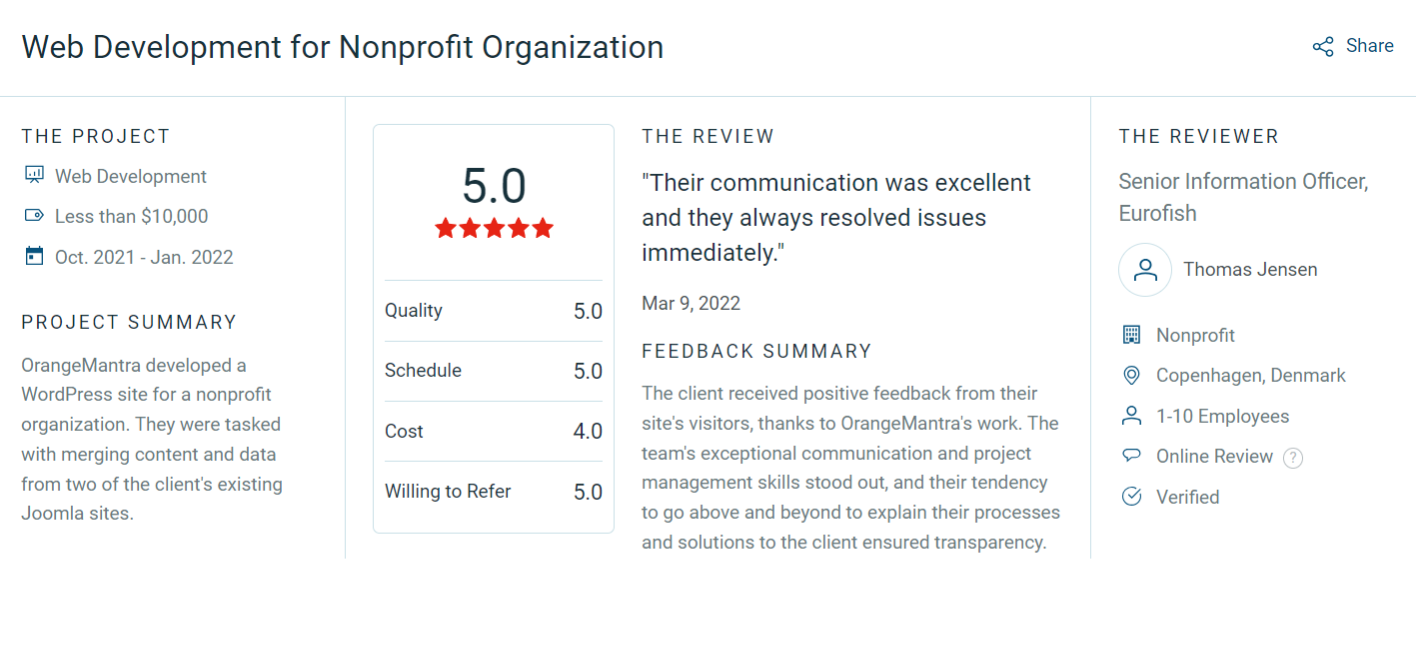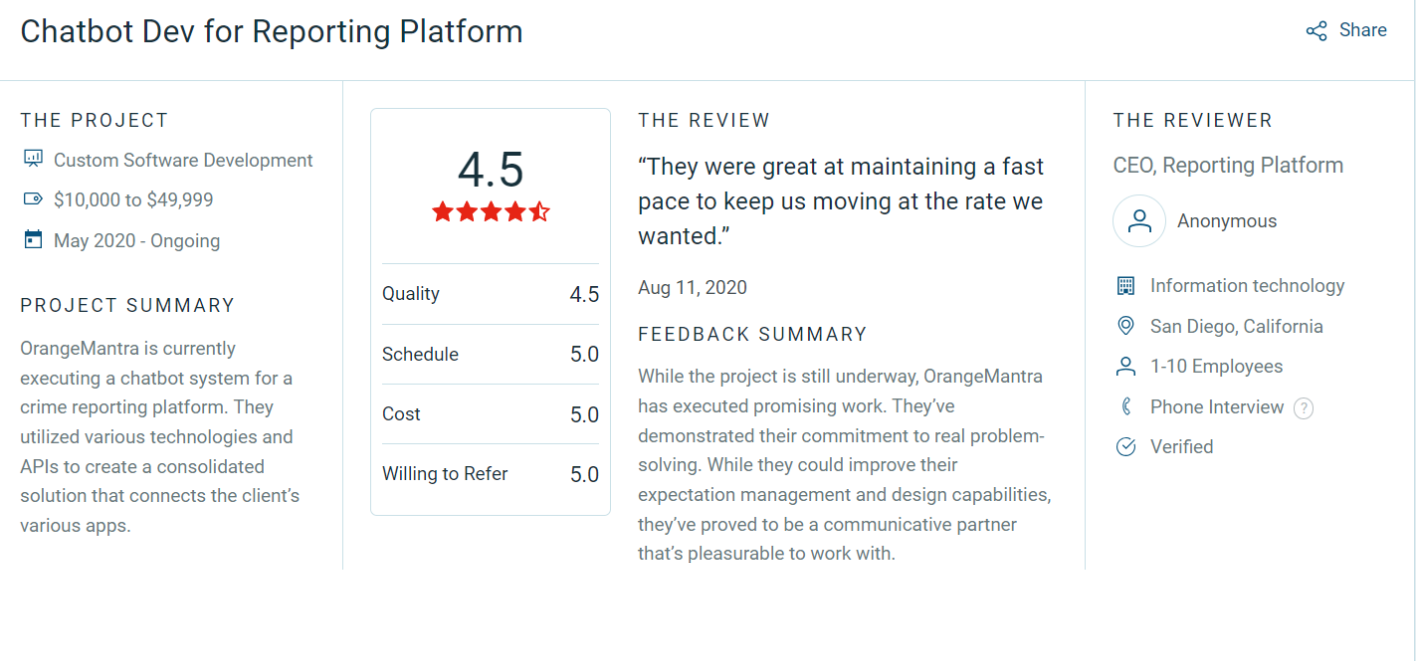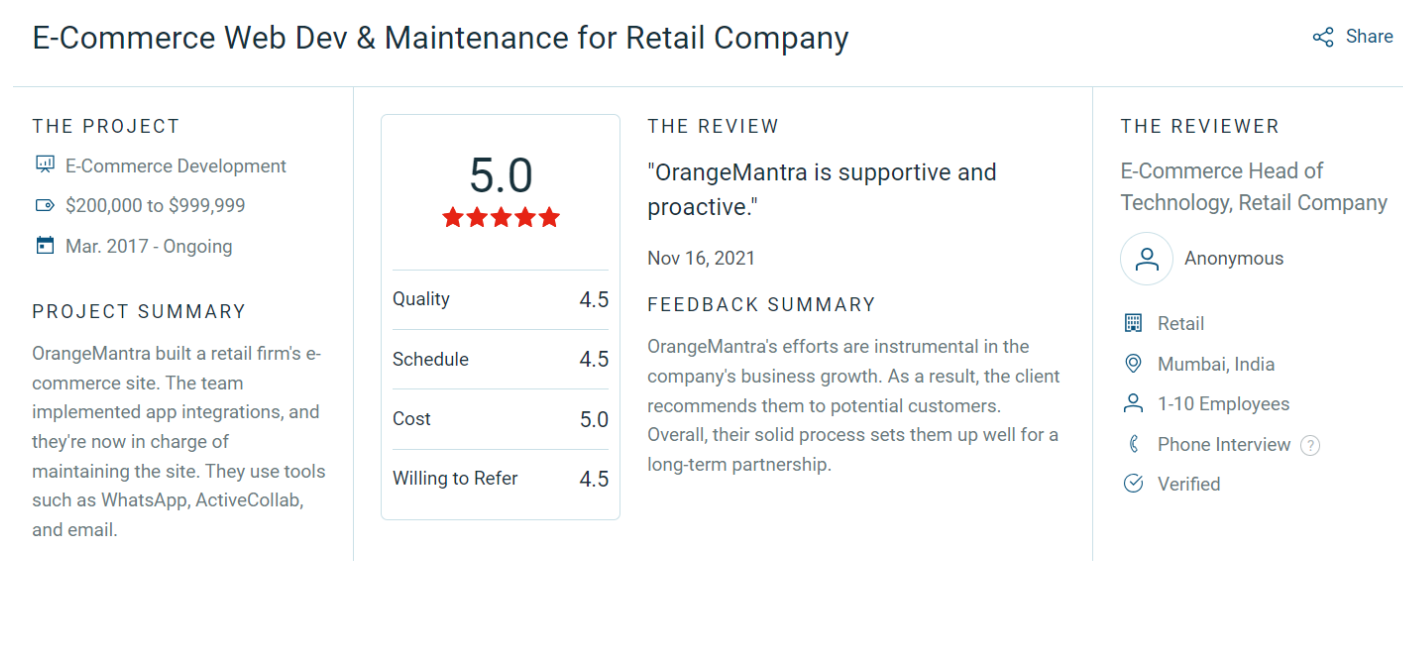The Problem
Our customer has created a brand-new online banking system that could process millions of transactions per day. However, manual testing was not feasible due to the intricacy of this platform, which included many linked systems including user identification, loan administration, and payment gateways. The customer required a quicker and more effective method of conducting testing because of the strict compliance requirements and ongoing need for updates. The answer to guarantee continuous testing and a quicker time-to-market for updates and repairs while upholding the highest standards of security and quality was found to be Automation Testing.











